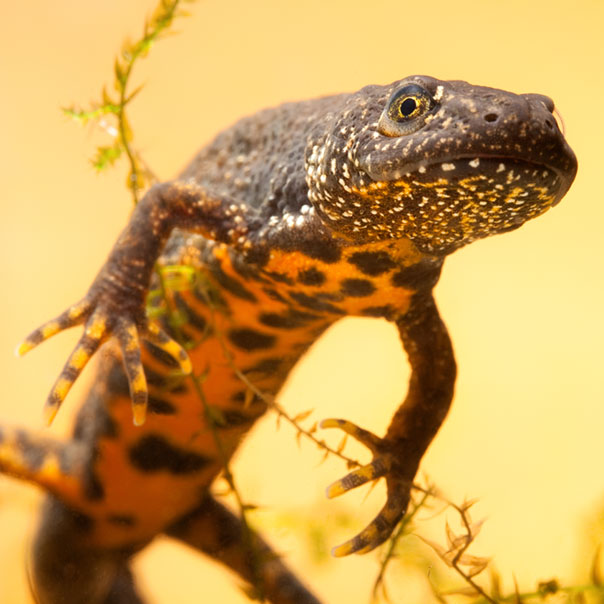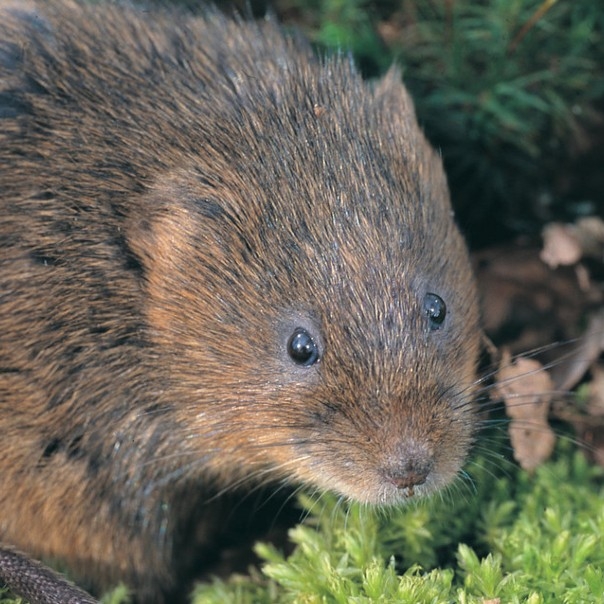Wetland wildlife in March
Spring is just beginning and new life is emerging. Take a look at our guide to the wonderful wetland life that you can find this month.
As the average temperatures rise and daylight hours steadily lengthen, we realise March is upon us and as sure as the daffodils are blooming, we are in spring. The wetland wildlife knows it too; get out and take a look, things are moving up a gear.
Encouraged by a southerly breeze, migrant birds that have wintered in Africa will now begin to replace those that have been with us for the winter. One of the first to look out for is the sand martin, zipping low over the water, chasing down insects to refuel after migrating to us from south of the Sahara. If you’re lucky, you could get a glimpse of a recently-arrived garganey; they’re our only duck that migrates here to breed and a real jewel to look out for on a wetland wander this month. One of the first waders to arrive from the south is the little ringed plover; they’re on the lookout for the edges of lakes and marsh, to stake out territories on which to lay eggs and raise their tiny young.
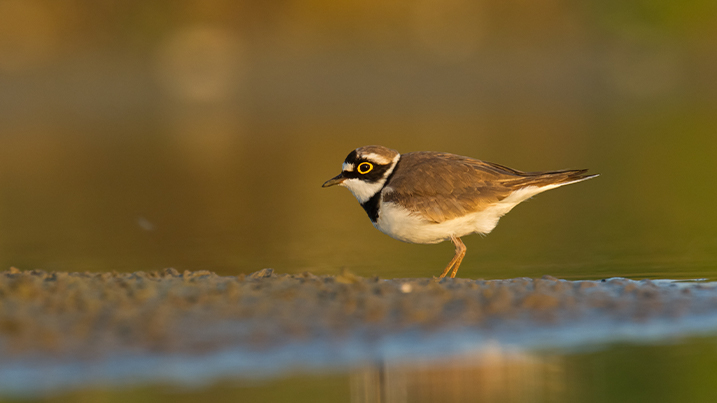
In recent weeks, you might have noticed large clumps of frogspawn appearing in the pond – this month, those balls of shiny jelly will be growing the next generation and you’ll soon be greeted by masses of tiny tadpoles. As the weather continues to stay mild, our other amphibians are out of hibernation and heading back to the same pools that they were raised in. Common toads prefer breeding in deeper water, leaving behind long strings of spawn, whereas natterjacks need warm, shallow pools amongst sandy dunes. Great crested newts will also be laying single eggs on the leaves of water plants, folding them over with their back legs for protection.
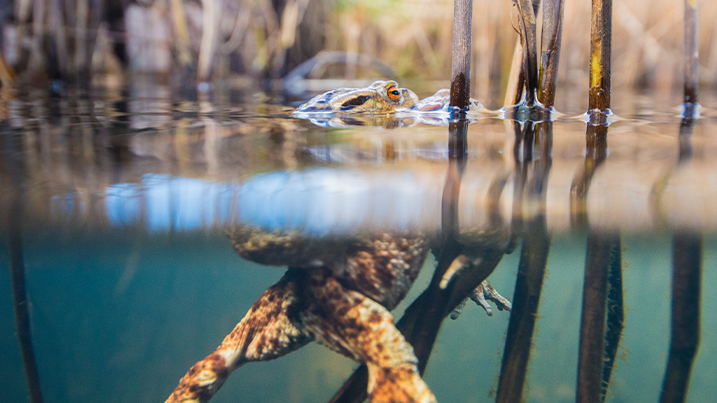
Kingfisher pairs will be starting to excavate their hole in the riverbank; if you take your time and watch carefully, you might even see birds posturing to one another or swapping fishy gifts.
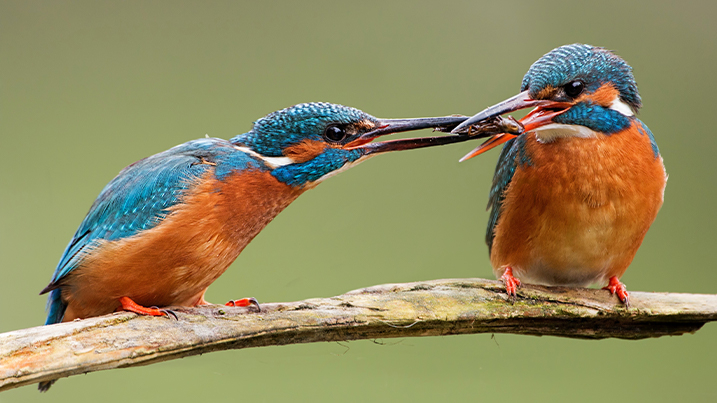
Towards the end of the month, we start to see avocets back on their breeding territories, usually on shingle islands amongst our wetlands. They’ll scrap with one another for space and can be quite aggressive to any other passing bird species. Another sure sign of spring is the appearance of a long line of yellow and brown fluffballs following mum as they explore their new wetland world. Mallards can have multiple broods a year and it’s not uncommon for them to be seen right up to the end of autumn.
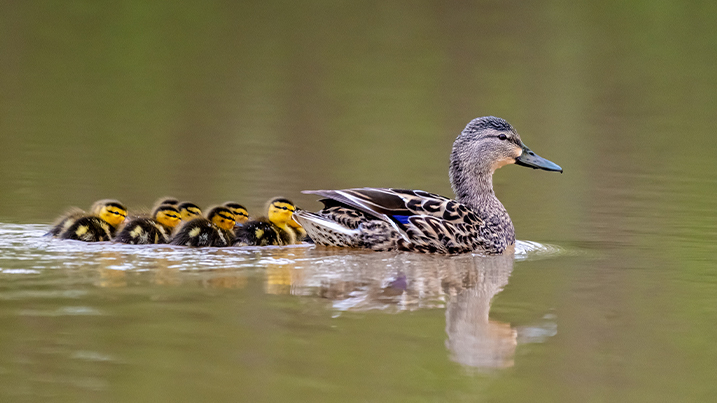
Marsh harriers will be thinking about breeding too. Watch for the male ‘sky-dancing’ above reed beds, displaying to the female to attract them to a nest site; twisting, turning and tumbling through the air, showing off his strength and aerial ability.
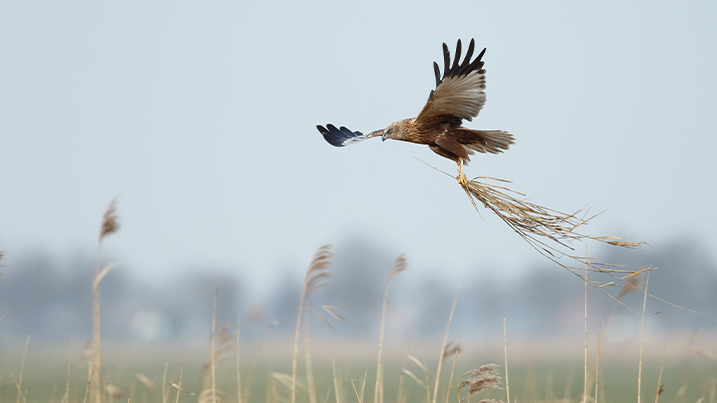
Hidden far below, water vole breeding season may have already begun. On average, five young are born in a litter but they won’t be in their cosy underground nest for long; they’re weaned at around 14 days. Signs of water vole activity include latrines of shiny, tic-tac shaped droppings and grasses nibbled at a 45-degree angle.
March is certainly a busy month for many wetland species. If it has unlocked your appetite for migration and enthusiasm for new life, then stand by: April is just around the corner…
What species might you see at each of our centres?
You can find more detailed information on each centre's 'Wildlife' and 'Latest sightings' pages but here is a handy overview:
- Look out for sand martin arriving at any WWT centre, and garganey can drop in just about anywhere, too. Little ringed plover breed at London, Martin Mere, Slimbridge, Washington, Welney and Steart Marshes.
- You might spot tadpoles swimming in any pond at our centres, but Caerlaverock is our only centre where you’ll be able to hear the call of the natterjack; their numbers have declined massively in the UK.
- Kingfishers can be seen at many of our sites, with known nesting banks at Arundel and Slimbridge. You can see avocet nesting at Martin Mere, Slimbridge, Washington, Welney and Steart Marshes.
- You might see marsh harrier breeding at Martin Mere and they are also sighted at Llanelli, Steart, Slimbridge, Arundel, Caerlaverock and Welney.
- Water voles can be seen at a number of WWT centres including London, Slimbridge, Llanelli and Arundel, although you need to be quiet and patient to see one and are more likely to hear them ‘plop’ into the water first.
Support from players of People's Postcode Lottery helps us care for our reserves and protect amazing wetland wildlife.


